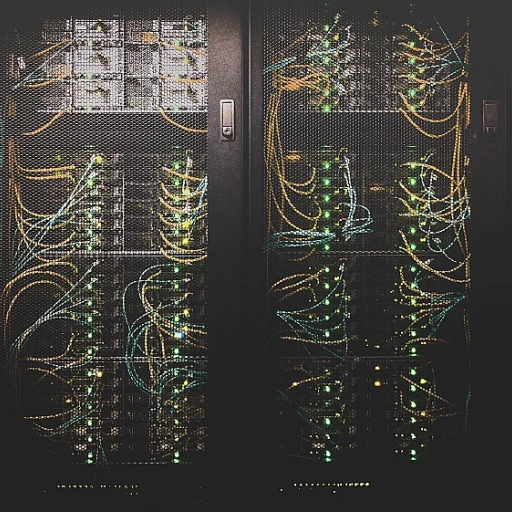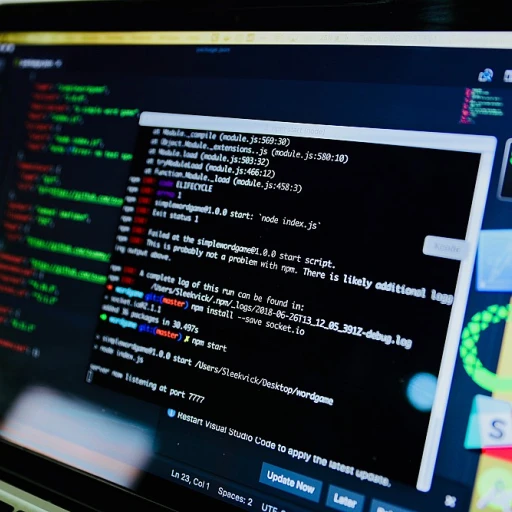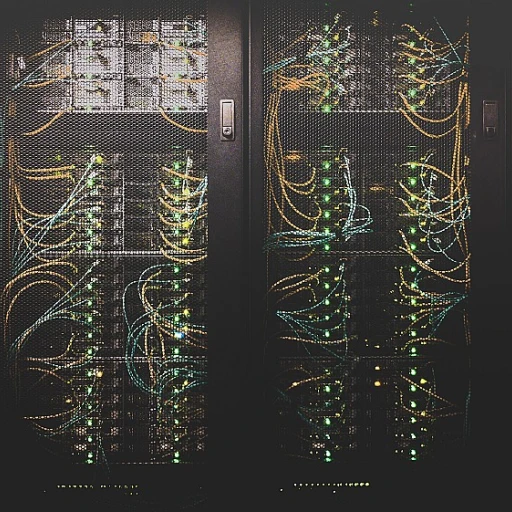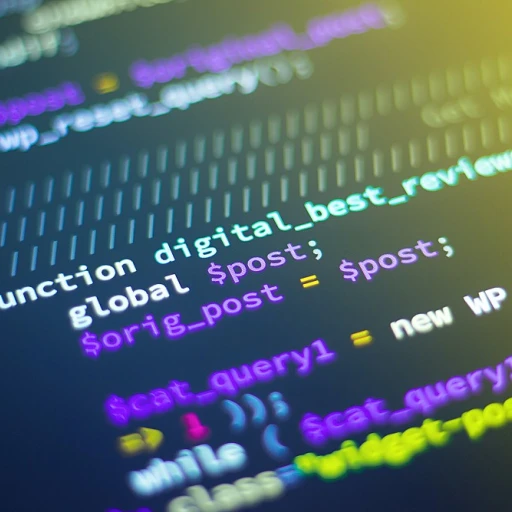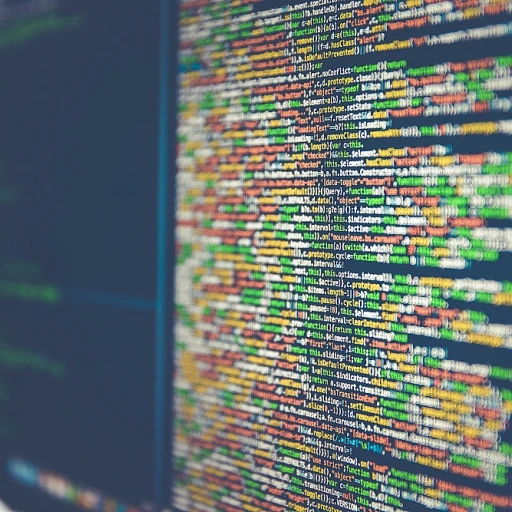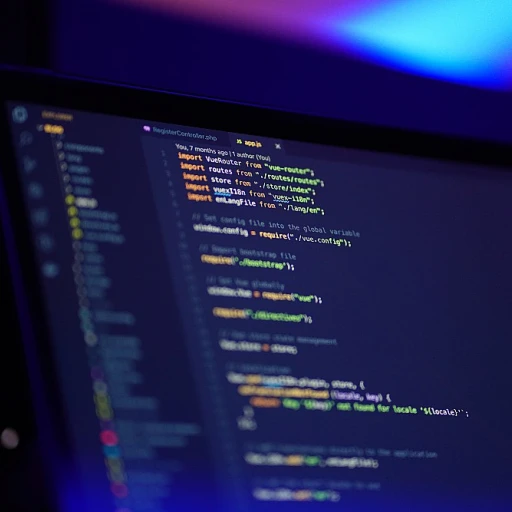
Defining Insightful Tracking
Unveiling the Concept of Insightful Tracking
In the realm of software development, insightful tracking has emerged as a pivotal component in understanding and enhancing productivity. This approach focuses on gathering meaningful data that can guide decision-making processes and improve project management strategies. Unlike traditional methods, insightful tracking prioritizes quality over quantity, aiming to provide a comprehensive view of employee activities and project progress.
Insightful tracking leverages advanced analytics and monitoring software to deliver detailed reports on user activity, time tracking, and employee productivity. By utilizing workforce analytics, teams can gain a deeper understanding of how time is spent across various tasks, enabling more effective time management and resource allocation. This method is particularly beneficial in remote work settings, where real-time monitoring can help maintain a cohesive and productive remote team.
One of the key features of insightful tracking is its ability to offer automatic time tracking and activity monitoring without being intrusive. This ensures that employees can work efficiently without feeling micromanaged. Additionally, insightful tracking tools often come with a free trial, allowing organizations to explore their capabilities before committing to a full implementation.
For those interested in the broader implications of this approach, exploring the evolution of agile software methodologies can provide further insights into how insightful tracking fits into modern software development practices. By understanding these dynamics, businesses can better navigate the challenges of employee monitoring and productivity management in an increasingly digital world.
The Role of Active Tracking
Understanding Active Tracking in Software Development
Active tracking in software development is a dynamic approach that emphasizes real-time monitoring and management of employee activities. This method involves the use of advanced tracking software to capture data on how employees spend their time on various tasks and projects. The goal is to enhance productivity and ensure efficient project management.
Active tracking tools, such as ActivTrak, offer features like automatic time tracking and workforce analytics, which provide detailed insights into employee productivity. These tools are particularly useful in remote work settings, where monitoring software can help managers keep track of remote teams and ensure that projects are on schedule.
By leveraging real-time data, active tracking allows managers to generate comprehensive reports on employee activity. This data-driven approach enables better decision-making and helps identify areas where productivity can be improved. Moreover, it supports the management of remote employees by offering insights into their work patterns and time attendance.
While active tracking offers numerous benefits, it is essential to balance it with insightful tracking methods to avoid potential drawbacks such as employee dissatisfaction or privacy concerns. For more on how software development is evolving to accommodate these needs, consider embracing the evolution of adaptive software development.
Comparative Analysis: Insightful vs Active Tracking
Comparing Insightful and Active Tracking Approaches
In the realm of software development, both insightful and active tracking play pivotal roles in enhancing project management and employee productivity. While each approach has its own merits, understanding their differences is crucial for optimizing team performance and achieving business goals.
Insightful tracking focuses on gathering data that offers a comprehensive view of employee productivity and project progress. This method relies on analytics and reports to provide a deeper understanding of work patterns and time management. It is particularly beneficial for remote teams, as it helps managers make informed decisions without the need for constant monitoring.
On the other hand, active tracking involves real-time monitoring of employee activities. This approach is often facilitated by tracking software like ActivTrak, which offers features such as automatic time tracking and activity monitoring. Active tracking provides immediate insights into employee behavior, allowing for quick adjustments and interventions when necessary.
- Data Collection: Insightful tracking gathers data over time to produce detailed reports, while active tracking focuses on real-time data collection.
- Employee Monitoring: Insightful tracking is less intrusive, providing a broader view of productivity, whereas active tracking involves continuous monitoring of employee activities.
- Use Cases: Insightful tracking is ideal for long-term productivity analysis, while active tracking is suited for environments requiring immediate feedback and adjustments.
Both methods have their place in modern software development. Companies often find value in combining these approaches to balance the need for detailed insights with the benefits of real-time monitoring. As remote work continues to rise, the ability to effectively manage and monitor teams using these tracking methods will be crucial for maintaining productivity and achieving project success.
Benefits of Insightful Tracking
Advantages of Insightful Tracking in Software Development
In the realm of software development, insightful tracking offers a multitude of benefits that can significantly enhance productivity and efficiency. By focusing on comprehensive data analysis, this approach provides a deeper understanding of employee activities and project progress without the constant pressure of real-time monitoring.
- Enhanced Productivity: Insightful tracking allows teams to identify patterns and trends in employee productivity over time. By analyzing this data, management can implement strategies to optimize workflows and improve overall performance.
- Better Time Management: With insightful tracking, teams can gain a clearer picture of how time is being spent across various projects. This helps in prioritizing tasks and allocating resources more effectively, leading to improved time management.
- Comprehensive Analytics: The use of workforce analytics in insightful tracking provides detailed reports on employee activities. This data-driven approach enables managers to make informed decisions based on actual performance metrics rather than assumptions.
- Reduced Pressure on Employees: Unlike active tracking, which involves constant monitoring, insightful tracking offers a more relaxed environment for employees. This can lead to increased job satisfaction and reduced stress, as employees feel trusted and valued.
- Improved Remote Work Management: For remote teams, insightful tracking offers a balanced approach to monitoring. It ensures that remote employees are productive without feeling micromanaged, fostering a more positive remote work culture.
Overall, insightful tracking provides a holistic view of team activities and project progress, enabling better decision-making and fostering a more productive work environment. By leveraging the power of data, organizations can enhance their project management strategies and achieve greater success in their software development endeavors.
Challenges of Active Tracking
Overcoming the Hurdles of Active Tracking
Active tracking in software development, while offering numerous advantages, presents its own set of challenges that organizations must navigate. These challenges often revolve around the balance between effective monitoring and maintaining employee trust and productivity.
One of the primary concerns with active tracking is the potential for employee monitoring to feel intrusive. Employees may perceive constant activity monitoring as a lack of trust, which can lead to decreased morale and productivity. This is especially true in remote work environments where remote employees might feel their privacy is being compromised.
Another challenge is the sheer volume of data generated by tracking software. While real-time analytics can provide valuable insights, they can also overwhelm management teams with information. This necessitates the need for effective management software that can filter and present workforce analytics in a meaningful way.
Moreover, the implementation of active tracking tools such as ActivTrak requires careful consideration of features and user needs. Organizations must ensure that the tools they choose align with their project management goals and do not disrupt team dynamics.
Lastly, the cost of tracking solutions can be a barrier for some organizations. While many offer a free trial, the long-term investment in employee productivity tools must be justified by tangible improvements in project outcomes and time tracking efficiency.
In conclusion, while active tracking offers significant benefits in terms of productivity monitoring and time attendance, it requires a strategic approach to implementation. Organizations must weigh the benefits against potential drawbacks and strive for a balance that supports both employee satisfaction and project success.
Future Trends in Software Tracking
Emerging Trends in Software Tracking
The future of software tracking is poised for significant evolution, driven by advancements in technology and changing work environments. As organizations continue to adapt to remote work, the demand for more sophisticated tracking software is on the rise. Here are some key trends shaping the future:
- Enhanced Data Analytics: The integration of advanced analytics in tracking software will provide deeper insights into employee productivity and project management. This will enable companies to make data-driven decisions, optimizing both time and resources.
- Real-Time Monitoring: Real-time tracking features are becoming increasingly important, allowing managers to monitor employee activity and project progress instantaneously. This capability is crucial for maintaining productivity in remote work settings.
- Focus on Privacy: As tracking software becomes more prevalent, there will be a greater emphasis on balancing insightful monitoring with employee privacy. Companies will need to ensure that their tracking practices are transparent and respectful of user privacy.
- Integration with Management Tools: Future tracking solutions will likely offer seamless integration with existing project management and workforce analytics tools, providing a comprehensive view of team performance and productivity.
- AI and Automation: The incorporation of artificial intelligence and automation in tracking software will streamline processes, offering automatic time tracking and activity monitoring without manual input from employees.
- Customizable Features: As businesses have unique needs, customizable tracking software will become more popular, allowing organizations to tailor features to their specific requirements.
These trends highlight the ongoing evolution of tracking software, emphasizing the need for solutions that are both insightful and respectful of employee privacy. As technology continues to advance, companies will need to stay informed and adapt to these changes to maintain a productive and efficient workforce.


